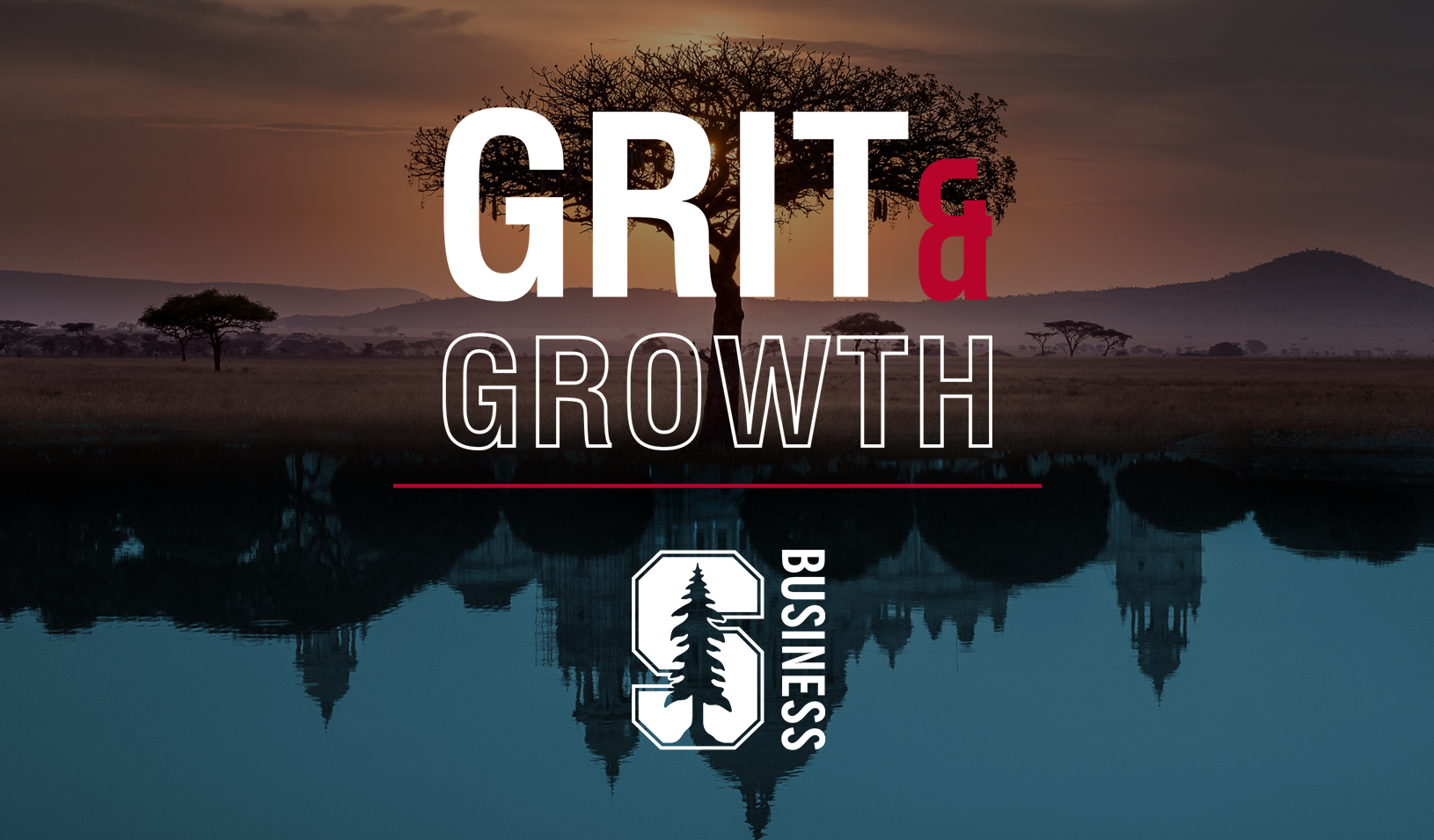People Challenges Can Sink Startups
The best company culture is not where everyone gets a hug.
August 07, 2015

iStock/MsEli
As a general partner at XSeed Capital, an early-stage investment firm in Silicon Valley, Robert Siegel knows how quickly poor management of human resources can sink a fledging business.
“The single largest issue that causes the most emotional heartache in a startup is people challenges. Every organization has them,” says the veteran venture capitalist and lecturer in organizational behavior at the Stanford Graduate School of Business. Nevertheless, Siegel says, “If you put best HR practices into place in the earliest days and are doing the right things right, you’ll have fewer and fewer issues and blowups.”
Siegel, who earned his Stanford MBA in 1994, feels strongly about instilling good HR practice at startups, raising the topic regularly with the CEOs of the companies in which he invests. As part of a May 1 entrepreneur symposium sponsored by the Center for Entrepreneurial Studies at Stanford GSB, he shared some of his tips for “baking good HR hygiene” into the DNA of a company:
Make HR a Priority
At many Silicon Valley startups, human resources is treated as an afterthought; entrepreneurs tend to focus more on urgent problems, such a making the product work or finding customers to pay for it. “But if you think of HR as the notion of the chief people officer, in many respects it’s probably the most important function in a company,” Siegel says. “It’s a strategic issue for any company to hire the best people, and that’s acutely true here in Silicon Valley, where you’ve got a shortage of talented workers.”
Siegel says the best companies have human resources executives with clout. “If you don’t have an HR person with a seat at the table,” he explains, “you will not get the best people on your team.”
Listen to Your Employees
Getting feedback from staff members “is not rocket science,” Siegel says. “If you ask your teammates what are the things they would like to see changed and improved, that’s where you can find out what you need to do.” Managers can poll employees anonymously or arrange to have regular one-on-one sessions with direct reports in the office or at lunch. Whatever the means of communication, he says, “The most important thing is to show up and do it.”
Build an Open Culture

Tricia Seibold
The best company culture is not one “where everybody gets a hug,” Siegel says, “but where you can give feedback to each other on what’s working and what’s not working.” When managers don’t have “the ways, the signals, the language to talk about values — how to talk about behavior that is acceptable — that’s when [a company] can go off course.”
Focus on Staff Development
Many employees associate human resources with mundane things like benefits and vacation policy. But Siegel says the real focus of an HR department ought to be staff development. “Especially here in Silicon Valley, where it’s axiomatic that people are your most important resource,” he says, “employers must ask themselves certain questions: Are you giving your employees the tools to be effective in their jobs? Are you providing them with tools to grow their careers? Are you enabling opportunities for them to accomplish all the things they want to do?”
Tear off the Bandage
Problems tend to crop up in an organization when bad behavior is tolerated and not dealt with quickly and professionally. “Sometimes entrepreneurs are afraid they’ll be judged incorrectly,” Siegel says, “or they’ll be judged that they did not hire well or choose well, and so they’ll keep doing things over and over again.” Such indecision, he says, “just makes things worse, as opposed to actually tearing off the Band-Aid.”
Seek out HR Experience
People who have been working in human resources for several years at established companies often can bring pattern recognition and best practices to a startup, Siegel notes. “You can find people, and there are many of them out there, who’ve worked in companies that have taught best practices for how to motivate, how to grow people, how to manage people, how to help people succeed who are struggling, and also how to coach people out when it’s not working,” he says. “You don’t necessarily have to reinvent the wheel. Many of these experienced HR people are excited to help grow a startup.”
Robert Siegel is a lecturer in organizational behavior at Stanford GSB.
For media inquiries, visit the Newsroom.
Explore More

Strategy: It’s the Big Bets that Matter

Executive Coaching: From Self-Doubt to Self-Awareness



